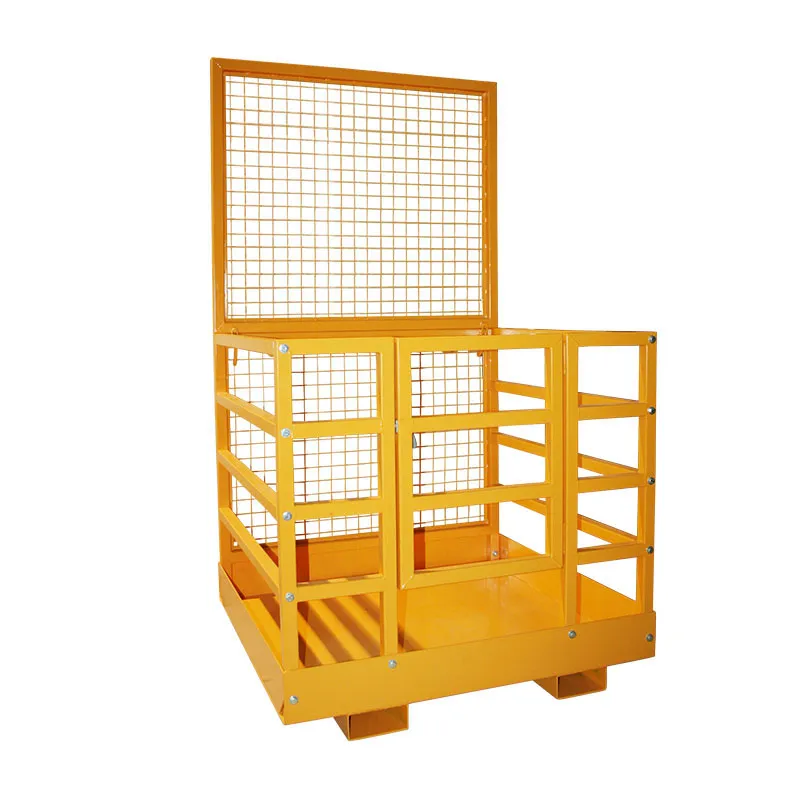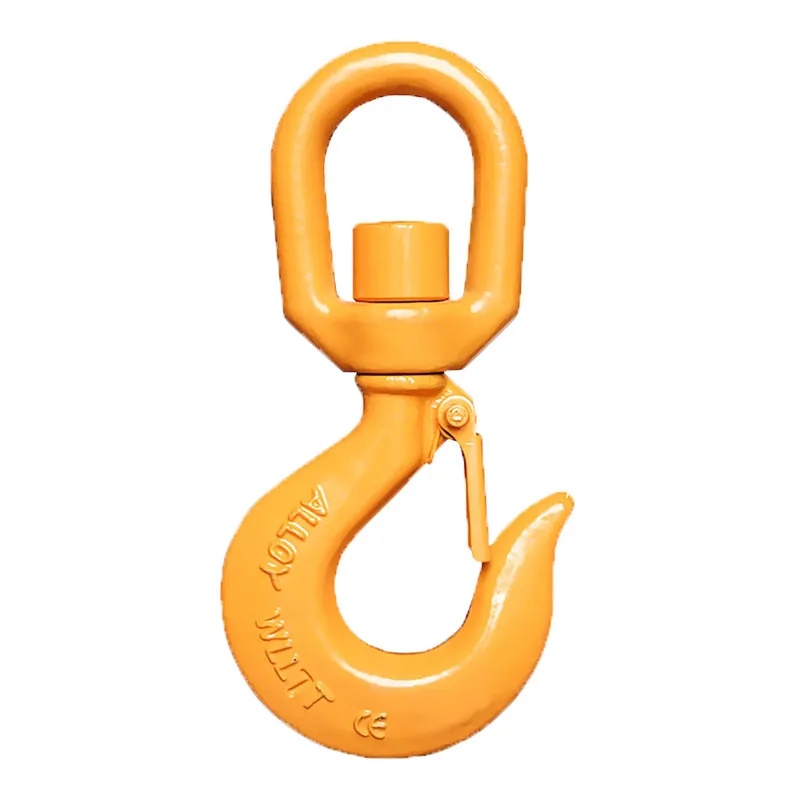Optimizing Material Flow for Efficiency, Safety, and Productivity
Material handling is the essential link between production, storage, and distribution in any industrial, construction, or warehouse setting. The right material handling system ensures that goods move smoothly from receiving to shipping, maximizing efficiency, minimizing costs, and protecting both workers and products.
But what are the key components that make up a material handling system? Industry experts typically break these systems into three essential parts: the movement system, the storage system, and the control system. Understanding and optimizing each part is crucial for any business focused on operational excellence.

Table of Contents
ToggleWhat Is Material Handling?
Material handling refers to the movement, protection, storage, and control of materials throughout manufacturing, warehousing, distribution, and disposal. An effective material handling system enables safe and timely movement of materials while minimizing labor costs, waste, and risk of injury.
For a foundational overview, visit What Is Material Handling?

The Three Parts of a Material Handling System
Let’s break down each component—movement, storage, and control—along with best practices, equipment options, and how they interact for maximum results.
1. The Movement System
The movement system is the backbone of any material handling operation. It encompasses all processes and equipment that transport materials from one point to another within a facility or across a job site.
Key Movement Methods:
- Manual tools: wheelbarrows, carts, pallets
- Motorized equipment: forklifts for construction, powered pallet jacks, Jib Cranes
- Mechanical solutions: hoists, levers, Aardwolf Slab Lifters
- Automated systems: conveyors in construction, AGVs
Best Practices:
- Select equipment tailored to your load, environment, and distance requirements.
- Minimize manual lifting to reduce labor cost in construction and decrease workplace injuries.
- Integrate automated solutions like Vacuum Lifters for sensitive or heavy materials to improve efficiency and safety.
Example:
A busy warehouse might use forklifts for fast pallet movement, conveyors for automated sorting, and carts for short-distance transport.
2. The Storage System
The storage system includes all processes and infrastructure used to store raw materials, components, and finished goods. Effective storage is vital for inventory control, accessibility, and protection from damage.
Types of Storage Solutions:
- Static storage: racks, shelving, bins, pallets
- Dynamic storage: carousels, vertical lift modules, automated storage and retrieval systems (AS/RS)
- On-site storage: portable containers, secured job site units
Best Practices:
- Match storage solutions to material type, turnover frequency, and volume.
- Use vertical storage to maximize warehouse space and minimize floor congestion.
- Combine with smart labeling and inventory management for better control.
Example:
A construction company might keep steel beams on racks, stone slabs in protected storage using Aardwolf Slab Lifters, and tools in lockable site containers.
3. The Control System
The control system refers to the procedures, technologies, and workflows that coordinate material flow, storage, and tracking. This element ensures the right materials are moved and stored correctly, safely, and efficiently.
Key Control Components:
- Warehouse Management Systems (WMS): digital platforms for tracking inventory and managing orders.
- Standard Operating Procedures (SOPs): documented workflows for safe and consistent handling.
- Equipment maintenance programs: regular checks for all machinery, from Jib Cranes to forklifts.
- Training and certification: Only qualified personnel should operate specialized equipment—see Material-handling Equipment.
Best Practices:
- Digitize tracking for real-time inventory and movement control.
- Regularly update procedures and ensure compliance with safety and environmental standards.
- Invest in employee training to reduce human error and increase productivity.
Example:
A facility uses a WMS to track every pallet moved by a forklift, schedules maintenance for all lifting equipment, and updates SOPs to ensure compliance and safety.
Why Each Part Matters
Movement: Ensures materials are where they’re needed, when they’re needed—reducing downtime and increasing construction productivity.
Storage: Maximizes space, reduces waste, and safeguards valuable inventory.
Control: Prevents errors, streamlines operations, and ensures a safe, compliant workplace.
When these three systems work in harmony, organizations see measurable improvements in efficiency, cost reduction, and worker satisfaction.
Essential Equipment Across All Parts
- Movement: Vacuum Lifters, forklifts, conveyors, wheelbarrows, carts
- Storage: Racking, shelving, pallets, bins, automated systems
- Control: WMS, SOPs, digital sensors, safety equipment
See more options:
How the Three Parts Work Together
Imagine a logistics center receiving shipments:
- Movement: Forklifts unload and move goods to designated storage.
- Storage: Products are placed on high-density racks or in temperature-controlled bins.
- Control: Every action is logged in the WMS, with alerts for low stock or required maintenance.
The integration of all three parts leads to improved safety on construction sites, minimized waste, and maximized operational efficiency.
Related Concepts
- Lifting equipment for construction and job site logistics
- Reducing labor cost with automation and ergonomic tools
- Improving construction productivity with seamless systems
- Minimizing material waste through careful storage and movement control
Learn more:
Conclusion
The three parts of a material handling system—movement, storage, and control—form the backbone of a successful, efficient, and safe operation. Investing in the right equipment, technology, and training for each part empowers businesses to achieve lower costs, higher productivity, and a safer workplace.
Further resources:

















Please log in to leave a comment.